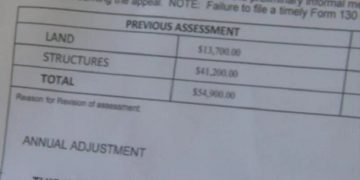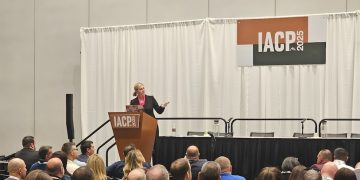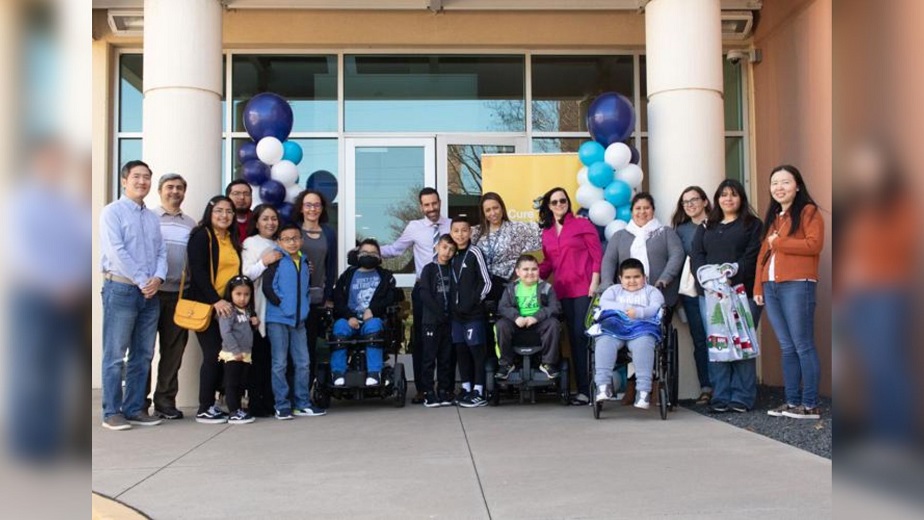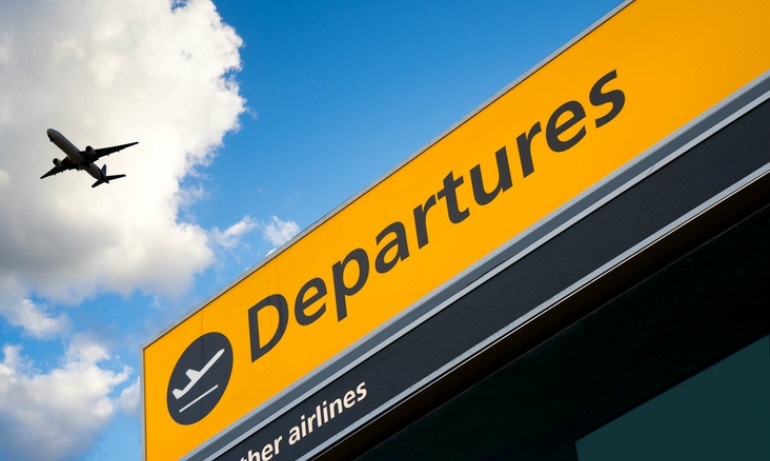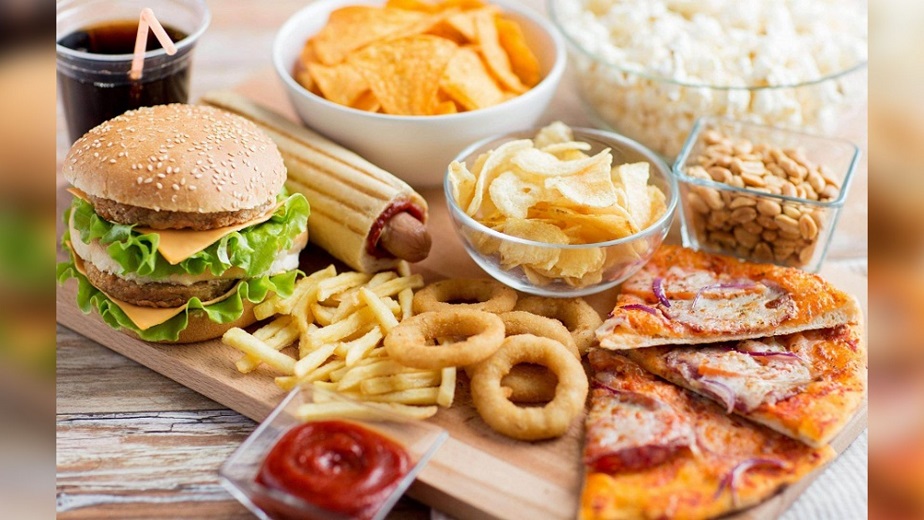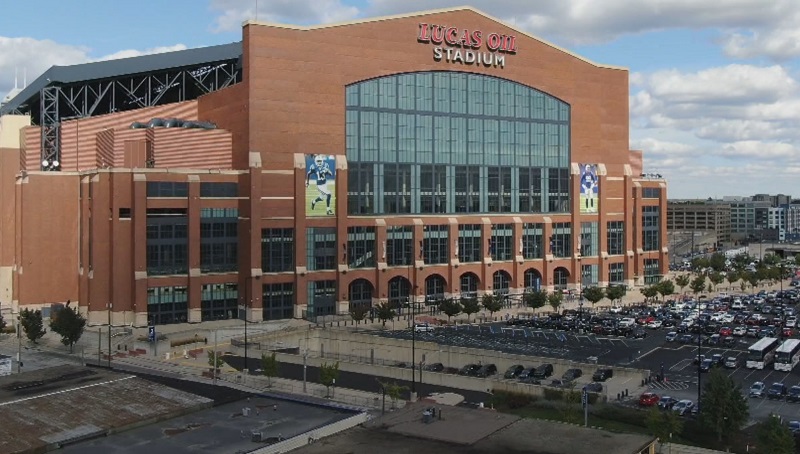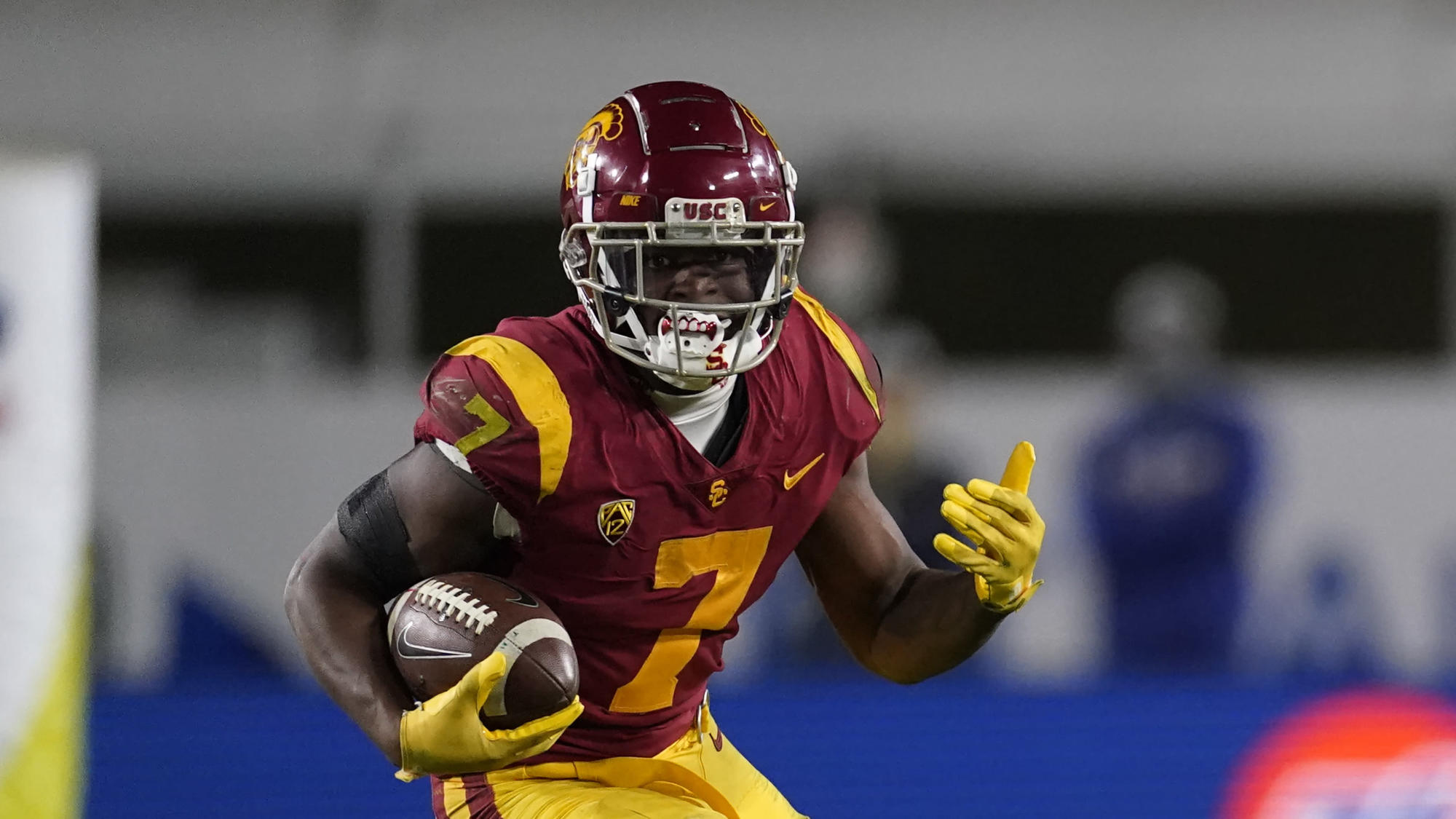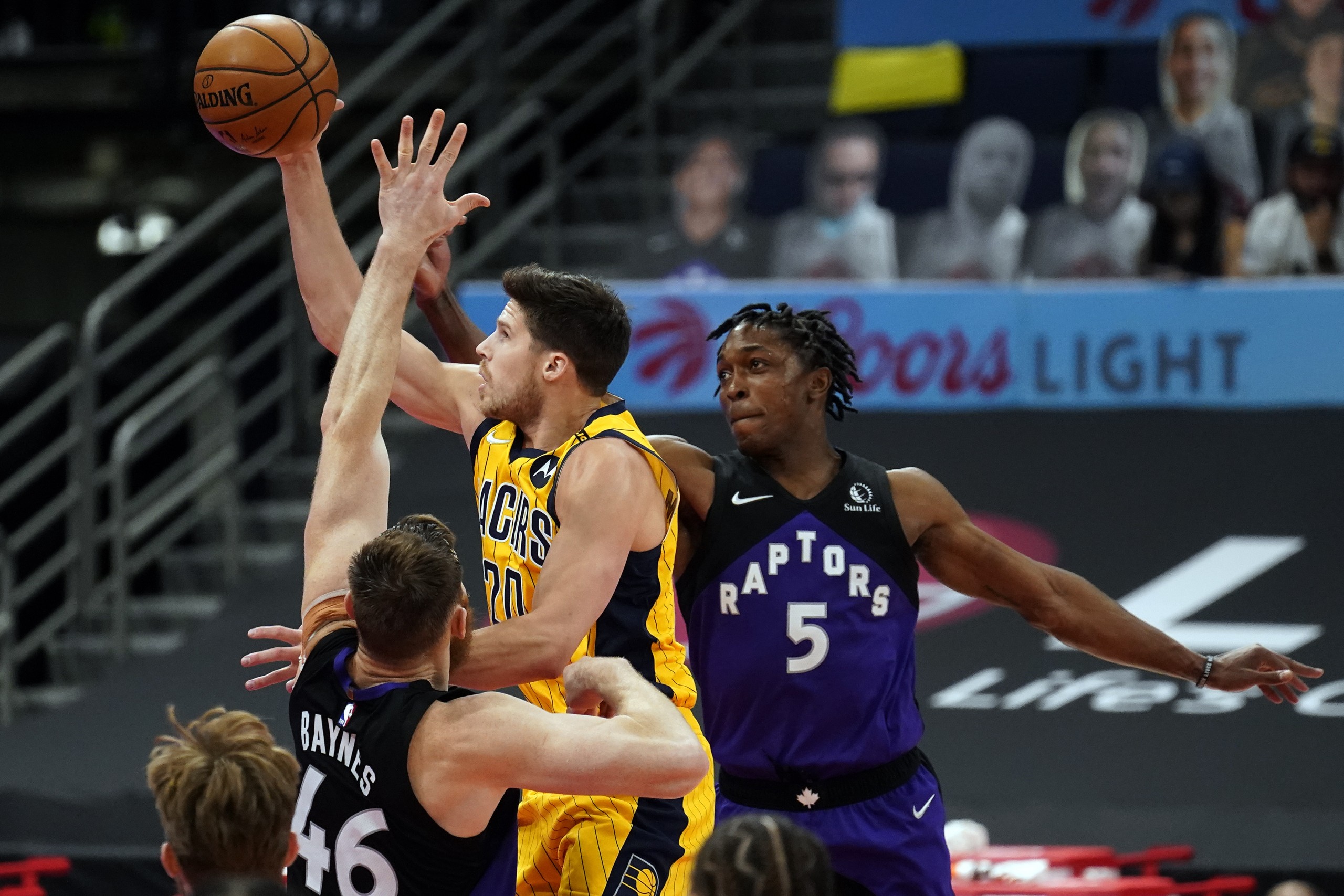A sharp decline in the number of people getting their first COVID-19 shot is raising questions about when — or even if — Monroe County can reach its vaccination goal.
The number of Monroe County residents who got their first vaccination fell from nearly 8,000 in the week ending April 10 to just under 2,700 for the week that ended Saturday, May 1, according to data from the state. That’s a decline of 66%.
“It’s a concern. There’s no way around that,” said Penny Caudill, administrator of the Monroe County Health Department.
Interest in vaccinations is declining elsewhere as well: The number of initial shots in neighboring Morgan County fell 45% since April 10. Vaccinations in the state overall peaked early last month, according to an Indiana University Health official. National trajectories appear similar.
To some extent, health leaders expected a decline, Caudill said, because when vaccines became available, people who were anxious and/or in risk groups signed up right away. But that initial spike in demand has waned.
As of Monday, about 61,000 Monroe County residents had received at least their first vaccination. That’s nearly half of the 128,000 residents who are eligible for vaccines. But to get to the 75% target, the county would have to get another 35,000 residents vaccinated. At last week’s initial shot pace of 2,700, it would take another 13 weeks to reach the goal, or until July 31, with second doses for the last recipients administered in mid-August.
And that’s only if the number of people who get their initial shots doesn’t decline further, which is a big if, given the number of people getting their first shots in the first three days of this week was 44% lower than the prior week. If this week’s pace holds steady, the county won’t achieve its goal until after Labor Day.
Indiana University’s public vaccination site at Simon Skjodt Assembly Hall as of Monday still had more than 2,000 appointments available for this week.
Just over a third of eligible Monroe County residents are fully vaccinated. Caudill said she would love to see that jump to three quarters by the end of the month.
“But I can’t really say I expect that,” she said.
Doctors this week told USA Today, a partner of The Herald-Times, that getting to a 50% vaccination rate may be enough to reach a point where the virus is slowed enough to prevent large outbreaks.
“When you’re at 50% or so, you have a significant amount of downward pressure on cases. Half the people who are being potentially exposed to the virus no longer can get it. That’s a very big deal,” said Dr. Robert Wachter, professor and chair of the Department of Medicine at the University of California, San Francisco.
Outreach
As demand for vaccines declines, Caudill said outreach efforts by the county and more vaccination distribution points, including businesses and doctor’s offices, should help get vaccines to more people.
The county health department is launching neighborhood clinics for some hard-to-reach populations. In some cases, health officials are knocking on doors to get people to sign up. People without rides to vaccination sites can get Uber/Lyft vouchers. Walmart and Sam’s Club said Tuesday that the companies are offering customers and employees vaccines at 5,100 locations nationwide, including 124 in Indiana. People can get shots without appointments.
And Indiana University expects “a bit of an uptick” in vaccinations next week because of the “likely authorization” for 12-15-year-olds coming Monday.
“It will be a challenge to get to a very high level of uptake, no doubt,” he said, “but I think we’ve done pretty well locally so far.”
McKeen also said it’s difficult to determine the exact share of people who need to get vaccinated, in part because people who have had COVID-19 have attained some level of immunity.
The United States is in a good position compared with other nations, he said. The situation has improved a lot from as recently as January, when the supply of vaccines was uncertain.
And that progress is starting to pay off, as many COVID-19 metrics are moving in the right direction, prompting a slow return to some semblance of normalcy. For example, entertainment venues, including theaters on Broadway in New York City, have announced plans to reopen.
When will restrictions be lifted?
Caudill said county health leaders have said from the beginning of the pandemic that lifting restrictions such as the mask mandate and gathering limits will depend on factors including the number of patients in hospitals, the share of COVID-19 tests that come back positive, the share of people who are vaccinated and the level of community spread.
Caudill said health officials have not established a formula based on those factors that would prompt them to take action.
“It’s never one thing. It’s the bigger picture,” Caudill said.
Health officials don’t want to be in a position where they relax measures aimed at reducing transmission based on one or more metrics, for example, but then, for whatever reason, see a rise in hospitalizations and deaths.
“I can appreciate that it frustrates people,” Caudill said, “but it frustrates us, too. It’s truly a puzzle to put together.”
Caudill said her primary worry at this point is the continued high level of community spread, which is expressed in new cases per 100,000 population. That number has been below 100, but in recent weeks has fluctuated above that level and will be again above that target this week.
Monroe County is one of 25 of the state’s 92 counties and among just four in the southern half of the state with more than 100 weekly cases per 100,000 population, according to the state health department. Rates in neighboring counties range from 90 per 100,000 in Morgan to seven in Brown.
Caudill said community spread has to decline. She said she thinks she could make a case that mitigation efforts could be relaxed if the county sees a downward trend in the level of community spread — so long as other metrics look good as well.
Monroe County Health Commissioner Dr. Thomas Sharp said Tuesday if Monroe County’s advisory level at the state is lowered to blue, the lowest, from the current yellow, the second-lowest, for two weeks, it would be “reasonable” for the county to follow state guidelines, which would mean a mask advisory, but no longer a mandate.
“We need to make sure that people get a psychological reward for the good behavior,” Sharp said.
Part of the problem, Caudill said, is not enough people are complying with gathering limits, social distancing and mask wearing, especially at parties and sporting events about which health department officials have received complaints. Those kinds of violations are contributing to keeping the pandemic going.
“I think we could be out of this much faster if we could just all do our part,” she said.



























